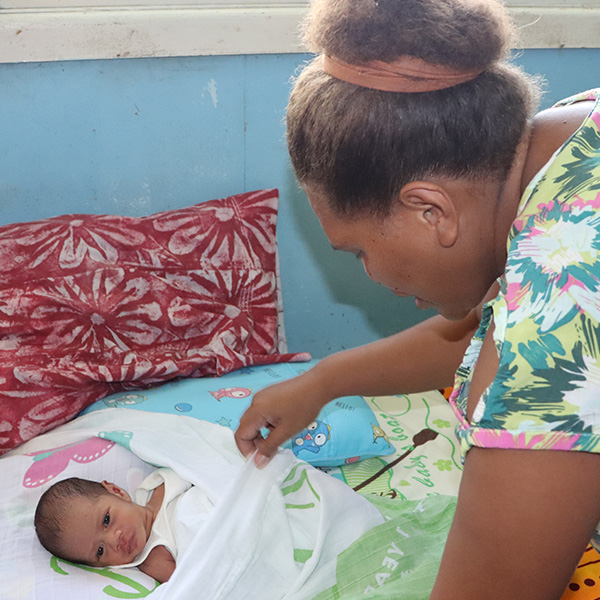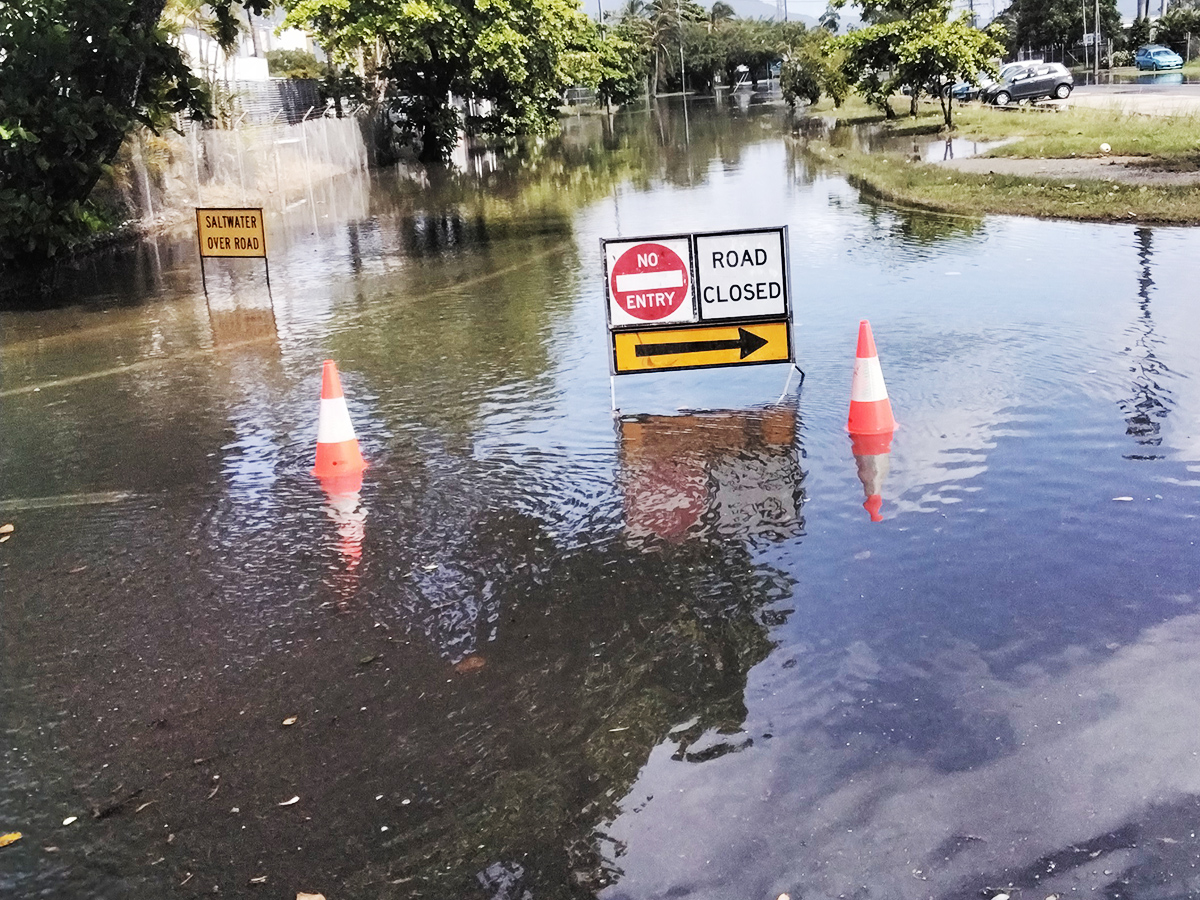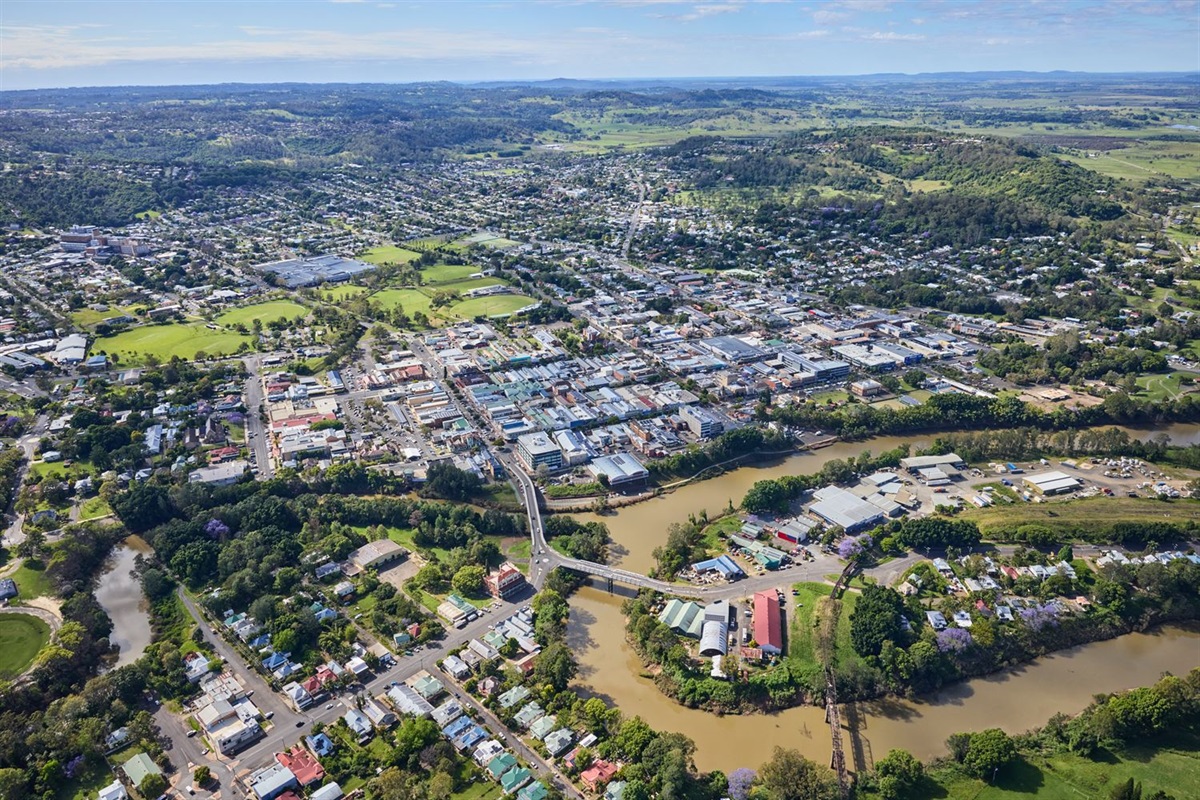Size matters
Generally, the weight of your drone will determine the rules that apply in your situation.
For drones that are:
- 250 g or less (micro)
- more than 250 g, but not more than 2 kg (very small)
You must:
- get an operator accreditation – it’s free and lasts for 3 years
- register your drone before its first flight – it’s free to register drones that are 500 grams or less, and registration is valid for one year
- operate within the drone safety rules (standard operating conditions) at all times.
For drones that are:
- more than 2 kg, but not more than 25 kg (small) that are only operated over land owned or leased by the drone owner
You must:
- get an operator accreditation – it’s free and lasts for 3 years
- register your drone before its first flight – fees apply, registration valid for one year
- operate within the drone safety rules (standard operating conditions) at all times
- keep the required records of your operations
- not accept any type of payment for the services.
For drones that are:
- more than 25 kg, but not more than 150 kg (medium) that are only operated over land owned or leased by the drone owner
You must:
- get a remote pilot licence (RePL) for the type of drone you plan to operate
- register your drone before its first flight – fees apply, registration is valid for one year
- operate within the drone safety rules (standard operating conditions) at all times
- keep the required records of your operations
- not accept any type of payment for the services.
Rules apply when you fly
It’s important you know the rules that apply when you fly.
While size matters, how you intend to use your drone is just as important in determining the rules that apply when you fly.
The drone safety rules (standard operating conditions) apply to all operators.
We’ve published an easy to use guide that explains the standard operating conditions. It’s free to download or you can buy a printed copy from the CASA Online Store.
Provided your agricultural operations can be conducted in accordance with the standard operating conditions, you don’t need any further approvals or permissions from CASA.
If you’re spraying crops, inspecting farming infrastructure over extended areas or mustering cattle from afar, these types of complex operations come with an increased risk to people, livestock, property, and other airspace users. Additional training and flight authorisations are required for complex operations that include:
- extended visual line-of-sight (EVLOS)
- beyond visual line-of-sight (BVLOS)
- swarms (more than one drone)
- aerial distribution or spraying.
Extended visual line-of-sight (EVLOS)
EVLOS operations are where someone else other than the remote pilot has the responsibility of observing the drone and the surrounding airspace for hazards.
To fly EVLOS, you must:
- get a remote pilot licence (RePL)
- get a remotely piloted aircraft operator’s certificate (ReOC), or operate under an individual or business that holds a current ReOC
- create EVLOS procedures – we have a templated procedure you can incorporate into your operations manual
- get approval to fly EVLOS.
We’ve recently made changes to the minimum requirements to conduct EVLOS operations. Under these changes, EVLOS remote pilots no longer need to pass the instrument rating exam (IREX).
Beyond visual line-of-sight (BVLOS)
BVLOS operations are where the remote pilot is not using their visual line-of-sight to operate the drone instead using technology and procedures.
To fly BVLOS, you must:
- get a remote pilot licence (RePL)
- get a remotely piloted aircraft operator’s certificate (ReOC), or operate under an individual or business that holds a current ReOC
- pass the Instrument Rating Exam (IREX) or operate under a supervising remote pilot who has
- get an approval to fly BVLOS in the planned area.
We’re also developing a new BVLOS exam and aeronautical standards that will replace the need for operators to pass the IREX in future.
The new exam is an alternate pathway to fly BVLOS operations outside of controlled airspace. It is expected to be released in the first half of 2023. We recently went out for public consultation and hosted a BVLOS exam webinar to explain these changes and it’s now available to watch on-demand.
Swarm operations
Swarm operations are where one remote pilot operates multiple drones at the same time. A popular example of swarm operations in agriculture is in spray operations.
To conduct swarm operations, you must:
- get a remote pilot licence (RePL)
- get a remotely piloted aircraft operator’s certificate (ReOC), or operate under an individual or business that holds a current ReOC
- get an approval to operate more than one drone at a time.
Spraying operations
There are no CASA authorisations required to conduct spraying operations when operating one drone on your own land. However, it’s important you also check the local state or territory laws for aerial distribution where you intend to conduct spraying operations.
Local laws may include additional licensing requirements, spray quality and equipment standards. For example, under the Queensland Agricultural Chemicals Distribution Control Act 1966 (ACDC Act), aerial distribution must always be carried out by a person who holds a RePL and a state-issued pilot chemical rating licence, regardless of whether or not they are operating over land owned by the operator.
The Australian Pesticides and Veterinary Medicines Authority also has useful information about the regulation of agricultural chemicals and spray drift management in aerial application.
Unleashing innovation
We recognise the benefits that drones can deliver in agricultural operations, including improved efficiency and reduced costs.
With the rapidly growing popularity and innovative advancements in the RPAS industry, we continue to work with industry to review and update our regulations as necessary to make sure they stay relevant while supporting new technologies and safety.








